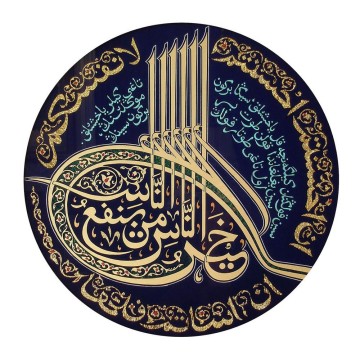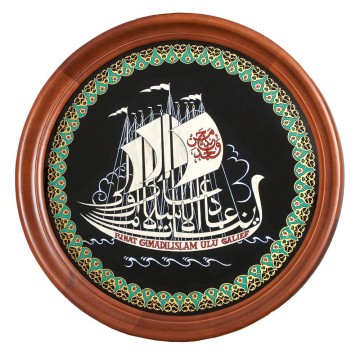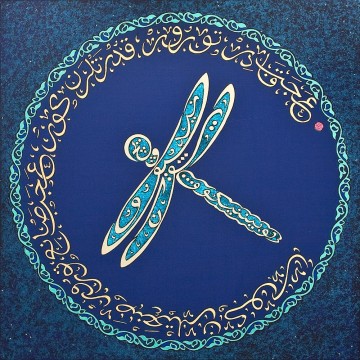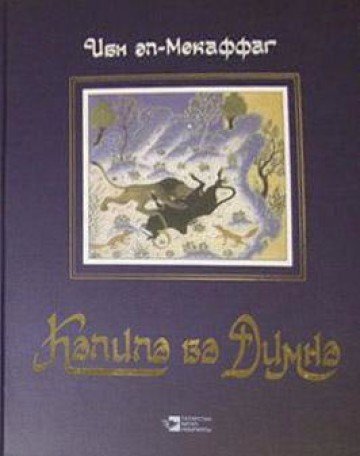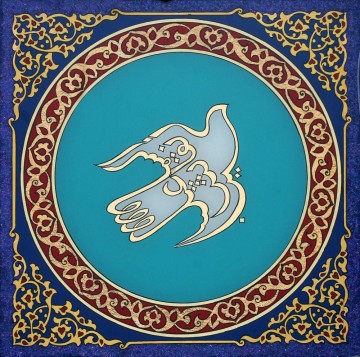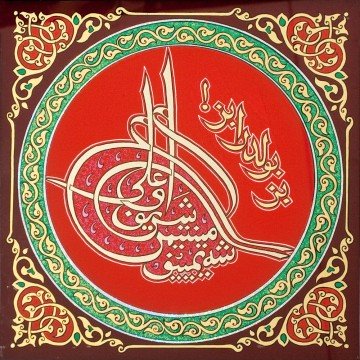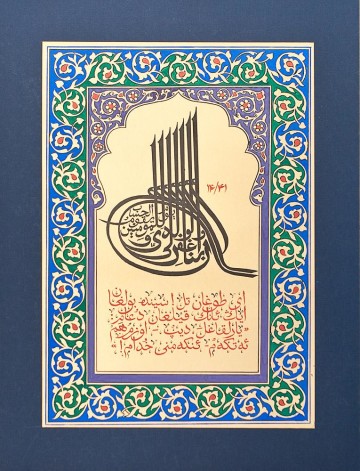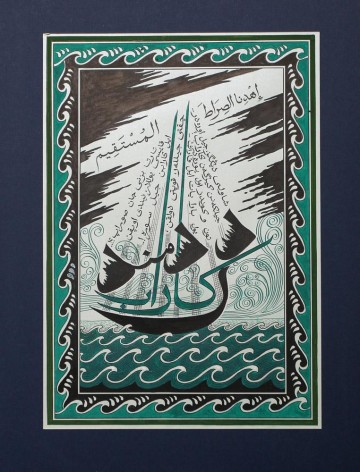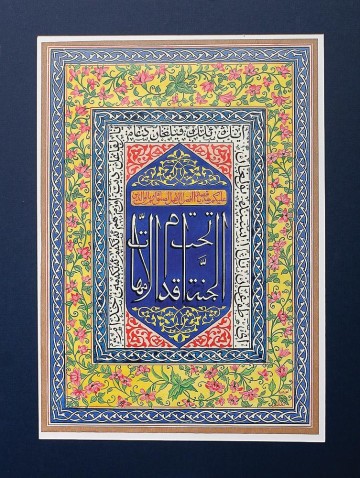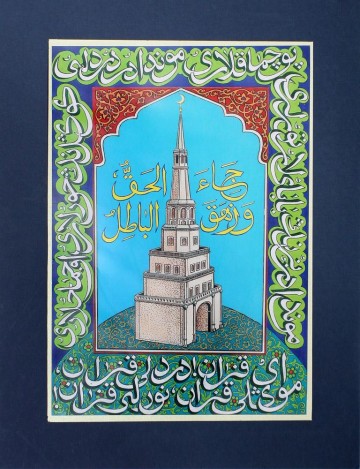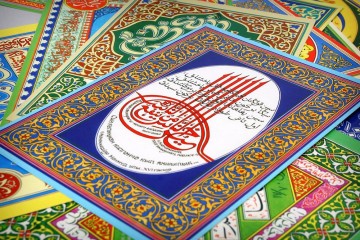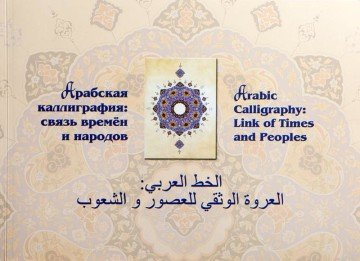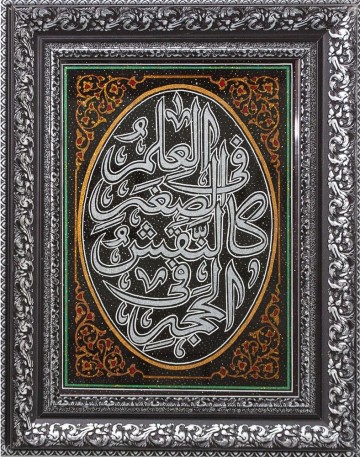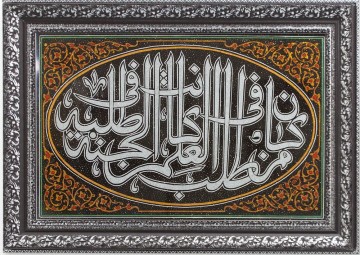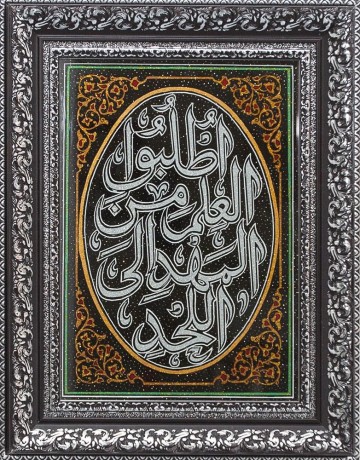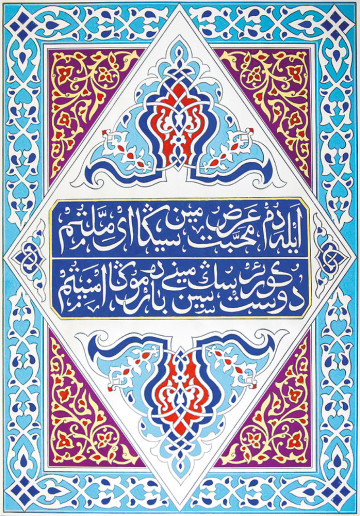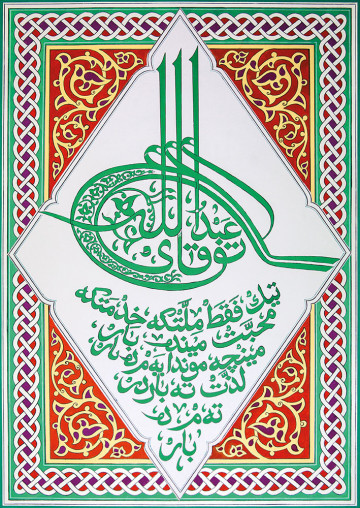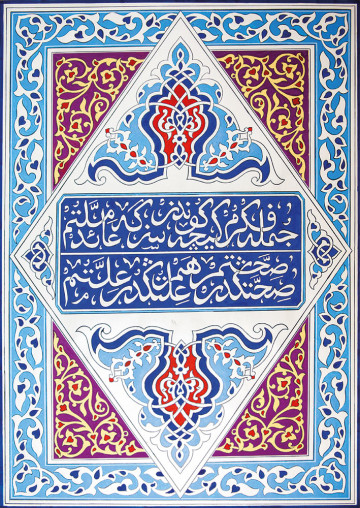Nazip Ismagilov (Najip Naqqash)
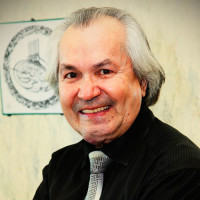
Nazip Ismagilov (Najip Naqqash)
Kazan, Russia
Fellow member of the Artists’ Union of Tatarstan, Chamber of the Art Craft and Skills of Tatarstan, calligrapher, textologist, teacher, laureate of the Tukay state prize of the Republic of Tatarstan
Beauty of Calligraphy
My people, the Middle Volga Tatars, have been aware of Arab graphics since the late 800“s and official adoption of Islam in 922. It interpenetrated the religious, cultural and everyday life of the Tatars. Till 1928, for almost a thousand years, they had rendered their cherished thoughts and knowledge with this writing. The First Bulgarian Empire, Golden Horde, Khanate of Kazan left large cultural heritage: beautiful Arabic calligraphy, coins and items of applied art decorated with calligraphic scriptures. Fine samples of Tatar poetry and artistic prose were written with this handwriting.
Though since 1928 the Tatars were made to adopt Latin alphabet and later Cyrillic my people have never forgotten their rich thousand-year long cultural heritage. Just like European science keeps on applying Latin, so Arabic handwriting is both a means of learning Islam and a kind of modern visual art. I love this handwriting which creates the opportunity to work the Beautiful.
Here I would like to back the famous Hungarian folk expert and historian of the early 1900“s: ”Arabic writing is the handwriting of not only Arab people but the Oriental Muslim world in general. It is the sacred lean calligraphy of all Muslims with a long thousand-year history. All the heroic feats of the Turks, their conscious, spiritual greatness and heart poetry are written with Arab calligraphy”.
Author works
Be kind
Glass, laquer, bronze powder and oil varnish, metal foil, oracal, ink, gouache, thin steel pen and squirrel-hair brush, diameter 62 cm, 2010Tugra (personal coat of arms) of I. Lubennikov
Glass, Chinese ink, oil, glitter, oracal, foil, pen, brush, 40x40 cm, 2006.Tugra (personal coat of arms) of calligrapher Najip Nakkash
Glass, ink, oil, acryl, foil, oracal, pointed steel pen, squirrel brush, 40x40 cm, 2008.Tugra (personal coat of arms) of the Tatarstan State President M. Shaimiev
Glass, ink, oil, acryl, foil, sharp-pointed nib steel pen, squirrel brush, 40x40 cm, 2008.Shamail: “O Lord, forgive and bless me!”
Toned paper, Chinese ink, gouache, pen, brush, 30x42 cm, 2006.Shamail: “The ship”. Poem by a Tatar poet of the early 20th century Dardmend (Zakir Ramiev)
Toned paper, Chinese ink, gouache, pen, brush, 30x42 cm, 1995.Shamail: "Take care of your parents!"
Paper, Chinese ink, watercolor, gouache, pen, brush, 30x41 cm, 1992.Oh, Kazan! (Syuyumbike tower with a half-moon symbol)
Paper, ink, color pencil, watercolor, gouache, sharp-pointed nib steel pen, squirrel brush, 40x52 cm, 1991.Triptych: "Strive for Knowledge!" (sayings of the Prophet). Shamail. "Knowledge acquired in childhood is like a pattern carved in stone".
Glass, ink, gouache, glitter, enamel, velvet, 30x42 cm, 2014.Triptych: "Strive for Knowledge!" (sayings of the Prophet). Shamail. "The one who strives for knowledge will go to heaven".
Glass, ink, gouache, glitter, enamel, velvet, 64x42 cm, 2014.Triptych: "Strive for Knowledge!" (sayings of the Prophet). Shamail. "Study science, learn from the cradle to the grave".
Glass, ink, gouache, glitter, enamel, velvet, 30x42 cm, 2014.Calligraphy is frozen poetry.
